
In the realm of animation, the mastery of sketching techniques is essential for every artist seeking to bring their characters to life. From understanding the delicate balance of line weight to exploring the depths of anatomy, this article delves into the fundamental techniques that will elevate your sketches to new heights.
Discover the secrets behind dynamic poses, expressive expressions, and the incorporation of light and shadow.
Join us as we embark on a journey of artistic growth and unlock the potential within your sketches.
Understanding Line Weight
Exploring the concept of line weight is crucial for animation artists to enhance their sketches.
Line weight refers to the thickness or thinness of a line, and it plays a significant role in creating depth, dimension, and emphasis in drawings.
Line quality and control are essential skills that animation artists must master to effectively convey their ideas and bring their characters to life on the page.
By varying the weight of their lines, artists can add volume and solidity to their sketches, creating a sense of three-dimensionality.
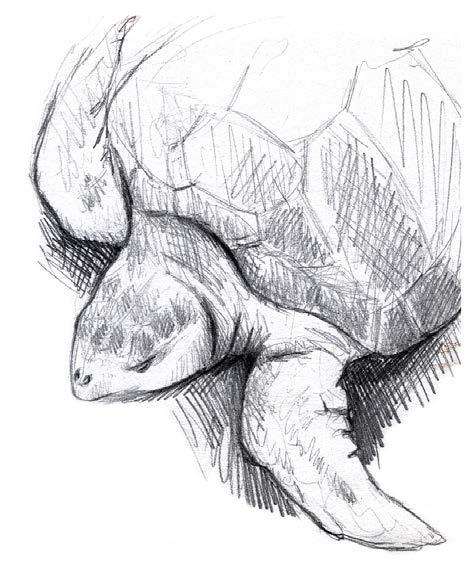
Cross hatching techniques, which involve the use of intersecting lines, can further enhance the illusion of form and texture.
Understanding line weight allows artists the freedom to manipulate their drawings, adding depth and visual interest to their animations.
Mastering Gesture Drawing
To achieve fluidity and expressiveness in their sketches, animation artists must master the art of gesture drawing. Gesture drawing serves as the foundation for capturing the dynamic movement and energy of characters. It is all about quickly capturing the essence of a pose or action, allowing the artist to convey a sense of movement and life in their artwork.
Here are four key tips to help animation artists master the art of gesture drawing:
Observe and analyze: Before putting pen to paper, take a moment to carefully observe the subject and analyze their movement. Understanding the underlying structure and flow will help you capture the essence of the gesture.
Practice quick sketches: Gesture drawing is about speed and spontaneity. Set a timer and challenge yourself to capture the essence of a pose in a short amount of time. This will help you develop your observation skills and improve your ability to capture movement.
Focus on the big picture: Rather than getting caught up in the details, focus on capturing the overall gesture and energy of the pose. Simplify the forms and exaggerate the movement to create a more dynamic and expressive sketch.
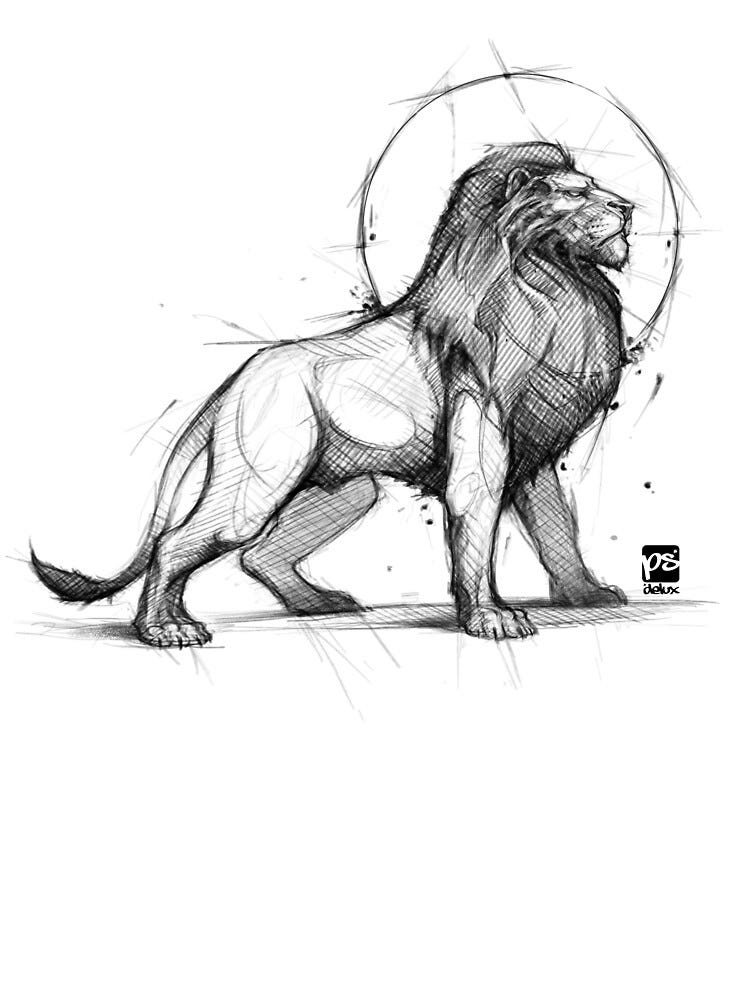
Embrace freedom and experimentation: Gesture drawing is a chance to let go of perfectionism and embrace the freedom to explore different techniques and styles. Use loose, flowing lines and experiment with different mark-making techniques to bring your sketches to life.
Exploring Proportions and Anatomy
Understanding the proportions and anatomy of characters is essential for animation artists to create realistic and convincing drawings. When sketching realistic facial features, artists must pay attention to the size and placement of eyes, nose, mouth, and other facial elements to accurately depict emotions and expressions.
Proportions play a crucial role in making characters look believable and relatable to the audience. Additionally, capturing movement and action in sketches requires a deep understanding of anatomy. Animation artists need to know how muscles and bones work together to create fluid motion in characters.
Utilizing Perspective in Sketching
Animation artists must master the art of utilizing perspective in their sketches to create depth and realism in their animations. By understanding and applying perspective techniques, artists can give their drawings a sense of dimension and make their characters and objects appear more lifelike. Here are four important aspects to consider when utilizing perspective in sketching:
Foreshortening techniques: Foreshortening involves the distortion of objects as they recede into the distance, giving the illusion of depth. Artists can achieve this effect by adjusting the size and proportions of objects based on their distance from the viewer.
Applying depth and dimension: By using techniques such as overlapping, artists can create a sense of depth in their sketches. They can also add shading and highlights to give objects a three-dimensional appearance.
Choosing the right perspective: Different perspectives, such as a one-point, two-point, or three-point perspective, can convey different moods and create different visual effects. Artists must choose the perspective that best suits their intended message or story.
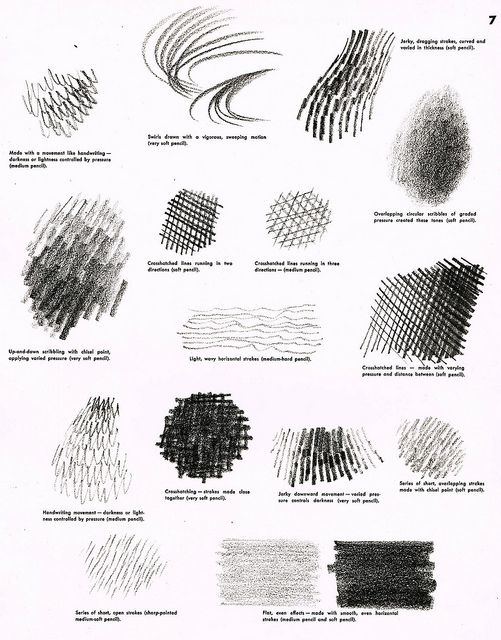
Experimenting with vanishing points: Vanishing points are the points where parallel lines appear to converge in the distance. Artists can play with the placement and number of vanishing points to create dynamic and visually engaging compositions.
Mastering perspective in sketching is crucial for animation artists, as it allows them to create realistic and visually captivating animations that draw viewers into their imaginary worlds.
Creating Dynamic Poses and Expressions
Through careful observation and deliberate practice, animation artists can master the art of creating dynamic poses and expressions that bring their characters to life on the screen. Capturing emotion through facial expressions is a crucial aspect of animating characters.
A raised eyebrow, a smirk, or a tear rolling down a cheek can convey a wide range of feelings and add depth to the story. Body language is equally important in conveying movement and action. The way a character stands, walks, or gestures can communicate their personality, intentions, and emotions.
Whether it's a confident stride or a timid slouch, the pose should reflect the character's state of mind. By focusing on these elements, animation artists can create visually compelling and emotionally resonant characters that captivate audiences and tell engaging stories.
Incorporating Light and Shadow
To achieve a more realistic and three-dimensional look in their sketches, animation artists can incorporate light and shadow into their artwork. This technique adds depth and dimension, making the characters and objects come to life on the page.
Here are four ways to effectively incorporate light and shadow in your sketches:
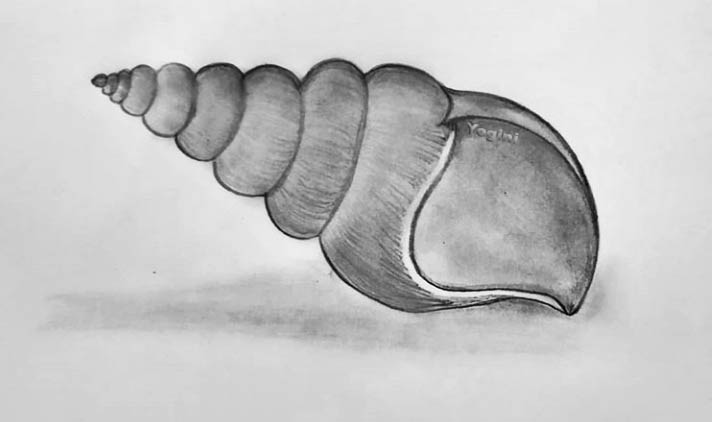
Contrast and highlights: Use contrasting values to create depth and emphasize certain areas of your artwork. Light areas will have highlights, while darker areas will have shadows.
Shading techniques: Experiment with different shading techniques such as hatching, cross-hatching, and stippling to create the desired effect. These techniques can add texture and volume to your drawings.
Study real-life lighting: Observe how light interacts with objects in your environment. Understanding how light behaves in different situations will help you create more realistic and believable artwork.
Practice observation: Pay attention to the way light falls on different surfaces and objects. By observing and analyzing the play of light and shadow in the world around you, you can improve your ability to incorporate them into your sketches.
Mastering Character Design and Development
Creating compelling and well-rounded characters is essential for animation artists to master in order to captivate audiences and bring their stories to life. The character design process involves more than just drawing visually appealing figures; it requires the artist to delve deep into the character's personality, backstory, and motivations. By understanding these aspects, animators can create characters that resonate with viewers on a deeper level.
Storytelling through character design is a powerful tool that allows animators to convey emotions, convey messages, and drive the narrative forward. Every aspect of a character, from their appearance to their gestures and expressions, should be carefully crafted to align with the story being told. This includes considering the character's body language, costume choices, and facial expressions.
Mastering character design and development is a continuous learning process that requires experimentation, research, and a keen eye for detail. By honing these skills, animation artists can create characters that not only look visually appealing but also contribute to the overall storytelling experience.
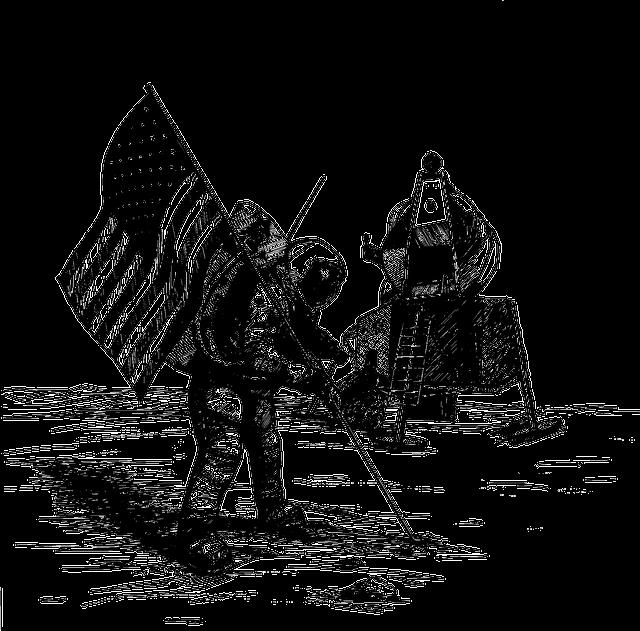
Enhancing Sketches With Texture and Details
With a careful application of texture and attention to detail, animation artists can elevate their sketches to a new level of realism and visual appeal. Enhancing sketches with texture and details allows artists to bring their characters and scenes to life, capturing the viewer's imagination and creating a more immersive experience.
Here are four ways to enhance sketches with texture and details:
Adding depth through shading techniques: By using various shading techniques such as cross-hatching or stippling, artists can create the illusion of depth and dimension in their sketches.
Incorporating different textures for unique character designs: Experimenting with different textures, such as rough or smooth surfaces, can add depth and personality to character designs, making them more visually interesting and distinct.
Paying attention to small details: Adding intricate details, like wrinkles, folds, or patterns, can make sketches more realistic and visually appealing.
Balancing textures and details: It is important to strike a balance between textures and details, ensuring that they enhance the overall composition without overpowering it.
Frequently Asked Questions
Recommended tools for sketching in animation include a range of pencils, erasers, and sketchbooks. Techniques such as gesture drawing and dynamic poses are important for capturing movement and expressions. Incorporating light and shadow adds depth, while avoiding common mistakes in texture and detail enhances sketches.
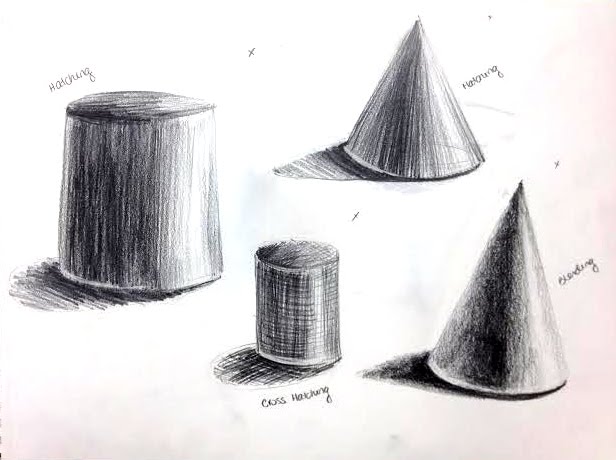
How Long Does It Typically Take to Master Gesture Drawing?
Mastering gesture drawing in animation typically takes time and practice. Incorporating gesture drawing in animation has several benefits, such as capturing movement and creating dynamic poses. Techniques for improving speed and accuracy include using quick, loose lines and focusing on the overall gesture.
Are There Any Specific Tips for Sketching Dynamic Poses and Expressions?
When sketching dynamic poses and expressions, it is important to consider various tips for drawing action poses and capturing emotions in sketching. These techniques can help animation artists bring their characters to life with movement and feeling.
Can You Provide Examples of How to Incorporate Light and Shadow in Sketching?
Examples of shading techniques can be seen in the way light and shadow create depth in sketching. By strategically placing highlights and shadows, artists can bring their drawings to life and evoke a sense of realism.
What Are Some Common Mistakes to Avoid When Enhancing Sketches With Texture and Details?
When enhancing sketches with texture and details, it is important to avoid common mistakes such as overworking the drawing, neglecting proper proportions, using excessive or improper shading, and lacking attention to small details that can greatly impact the overall composition.
 Writing TipsCreative WritingJournalingSketching TechniquesBuying GuidesPrivacy PolicyTerms And Conditions
Writing TipsCreative WritingJournalingSketching TechniquesBuying GuidesPrivacy PolicyTerms And Conditions
